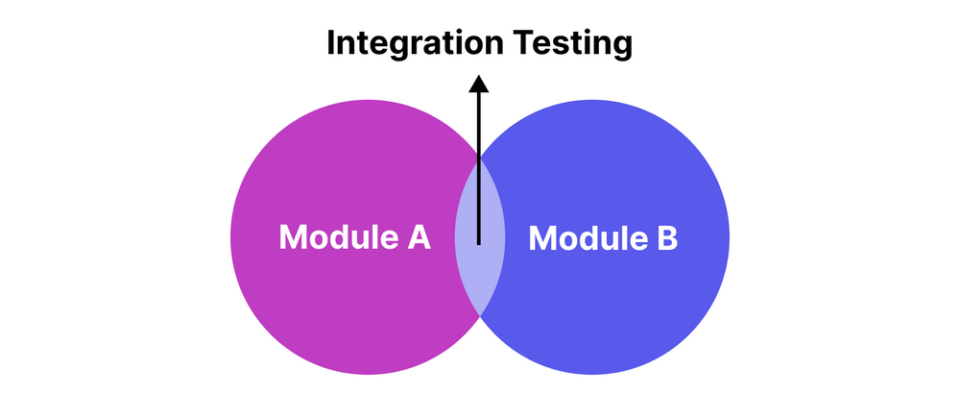Continuous integration testing has emerged as a crucial procedure in today’s fast-paced software development environment for producing high-quality software. These five essential components of continuous integration testing will help you comprehend its significance and use in contemporary software development workflows, regardless of your level of experience.
The Foundation of Automated Testing
The foundation of contemporary software quality assurance is continuous integration testing. Every time developers upload modifications to the shared repository, code changes are immediately tested. This automatic process guarantees that new code satisfies quality criteria and blends seamlessly with current functionality. Teams may address problems before they become more complicated and expensive to repair by identifying them early in the development cycle.
Speed and Efficiency Matter
Continuous integration testing’s real strength is in its capacity to give development teams rapid feedback. Instead of taking hours to complete, tests should be made to run rapidly and effectively, usually in a matter of minutes. Tests that run quickly provide developers feedback on their code changes right away, allowing them to address problems quickly and keep up work without having to wait a long time.
Test Coverage Is Critical
Effective continuous integration testing requires thorough test coverage. End-to-end tests that validate whole user processes, integration tests that examine how various components interact, and unit tests that validate specific components should all be included in your test suite. By ensuring that every component of your application is extensively tested, this tiered approach lowers the possibility that defects will make it to production.
Consistency Across Environments
Maintaining consistency across several testing environments is an often disregarded component of continuous integration testing. Whether your tests are performed in staging environments, the CI pipeline, or on a developer’s desktop computer, they should always function dependably and yield consistent results.
Failure Resolution Process
In continuous integration, having a well-defined procedure for addressing failures is crucial when tests fail. Teams should set up procedures for looking into malfunctions, deciding who is responsible for fixing them, and avoiding reoccurring problems. This entails keeping thorough test logs, putting in place appropriate alerting systems, and providing unambiguous documentation about how to decipher and handle various test failure scenarios. Teams should also handle test failures using a priority-based approach, giving urgent attention to important errors that impact essential functionality.
Maintaining a failure tracking system that documents past failures, their underlying causes, and the fixes put in place is crucial. The ability to identify patterns and avoid recurring problems in subsequent development cycles is made possible by this historical data. Teams may continually enhance their testing procedures and overall code quality by holding review sessions to talk about recurring test failures and come up with preventive solutions.
Conclusion
Continuous integration testing is a vital process that ensures seamless code integration, early bug detection, and efficient development workflows. It focuses on rapid automated testing with robust coverage across unit, integration, and end-to-end tests while maintaining consistency across environments and a clear failure resolution process. Opkey test automation enhances this process for ERP applications with its no-code platform, enabling instant testing for both business and IT teams. With over 30,000 pre-built test cases and recognition from industry leaders like Gartner, Opkey revolutionizes ERP test automation, helping teams deliver higher-quality software, accelerate releases, and gain a competitive edge in the market.

